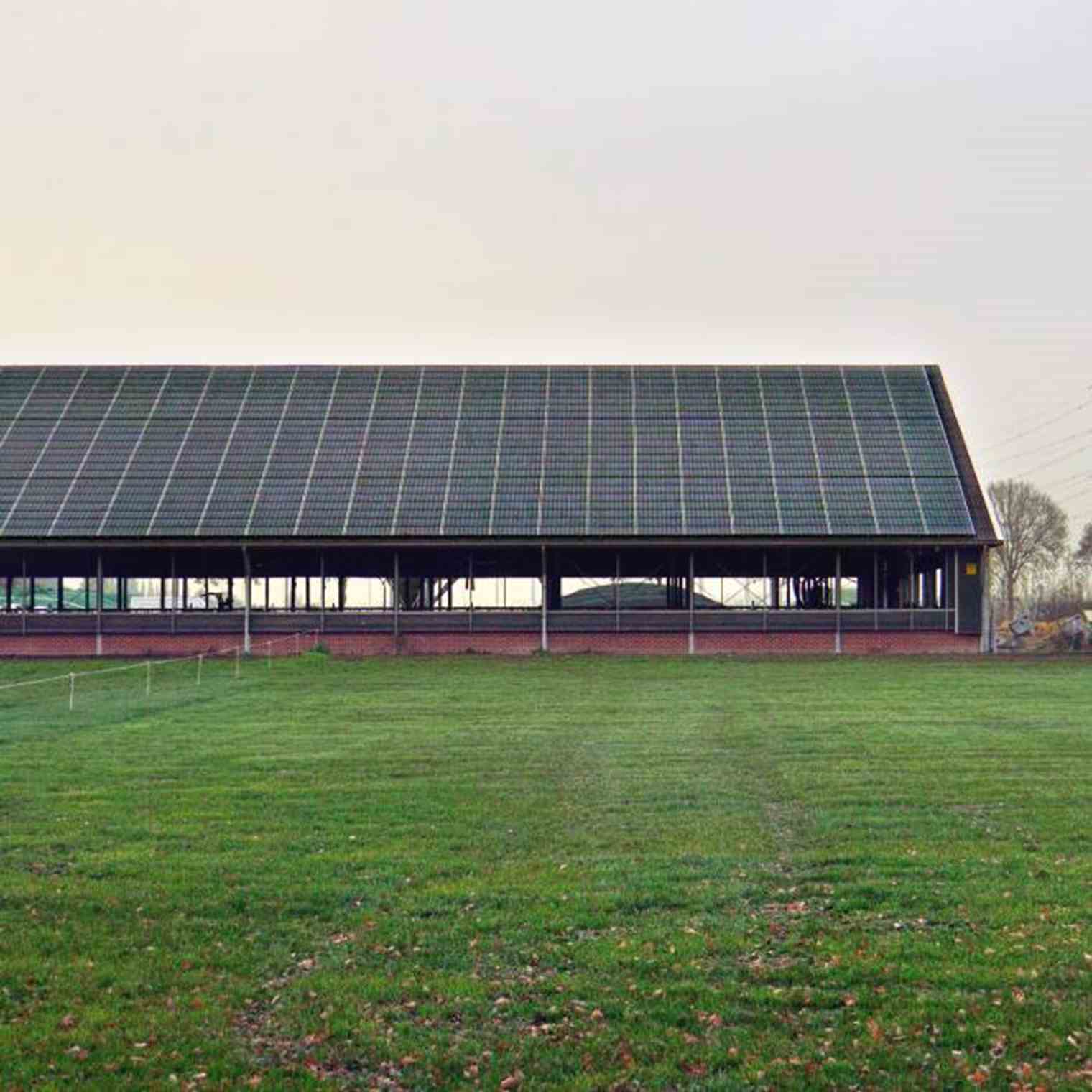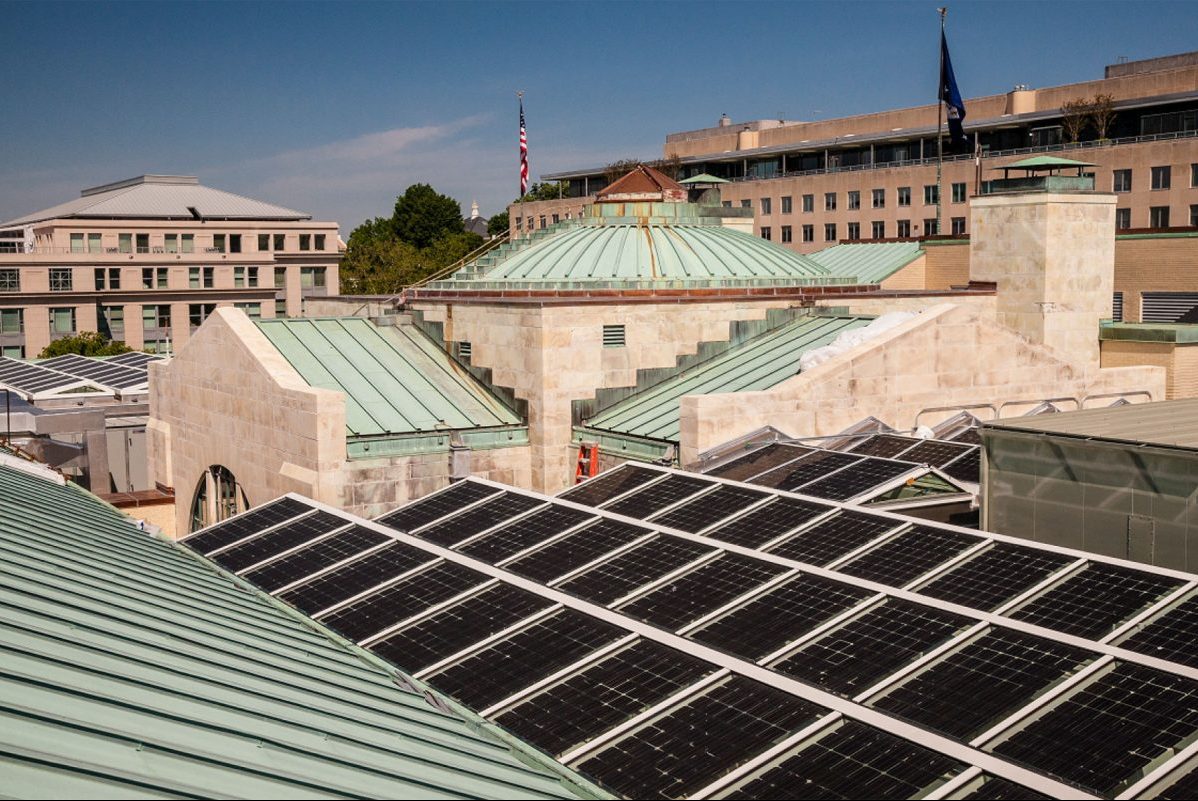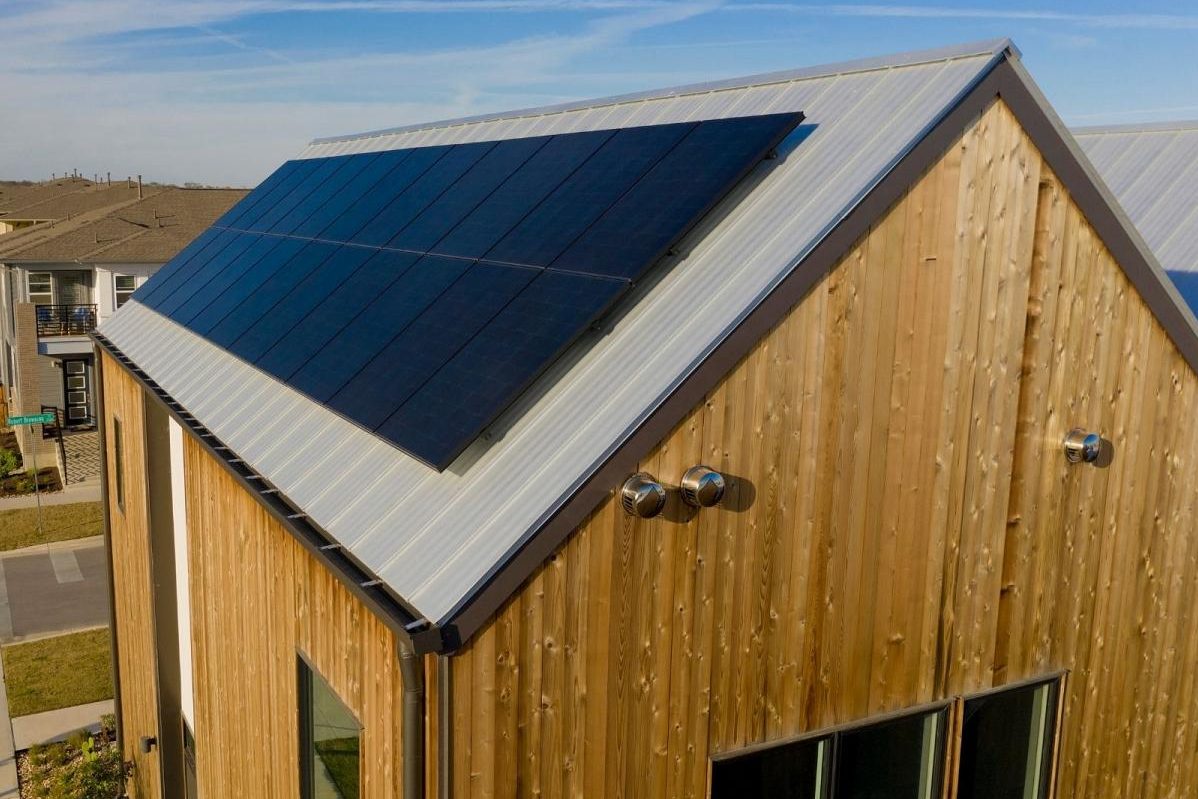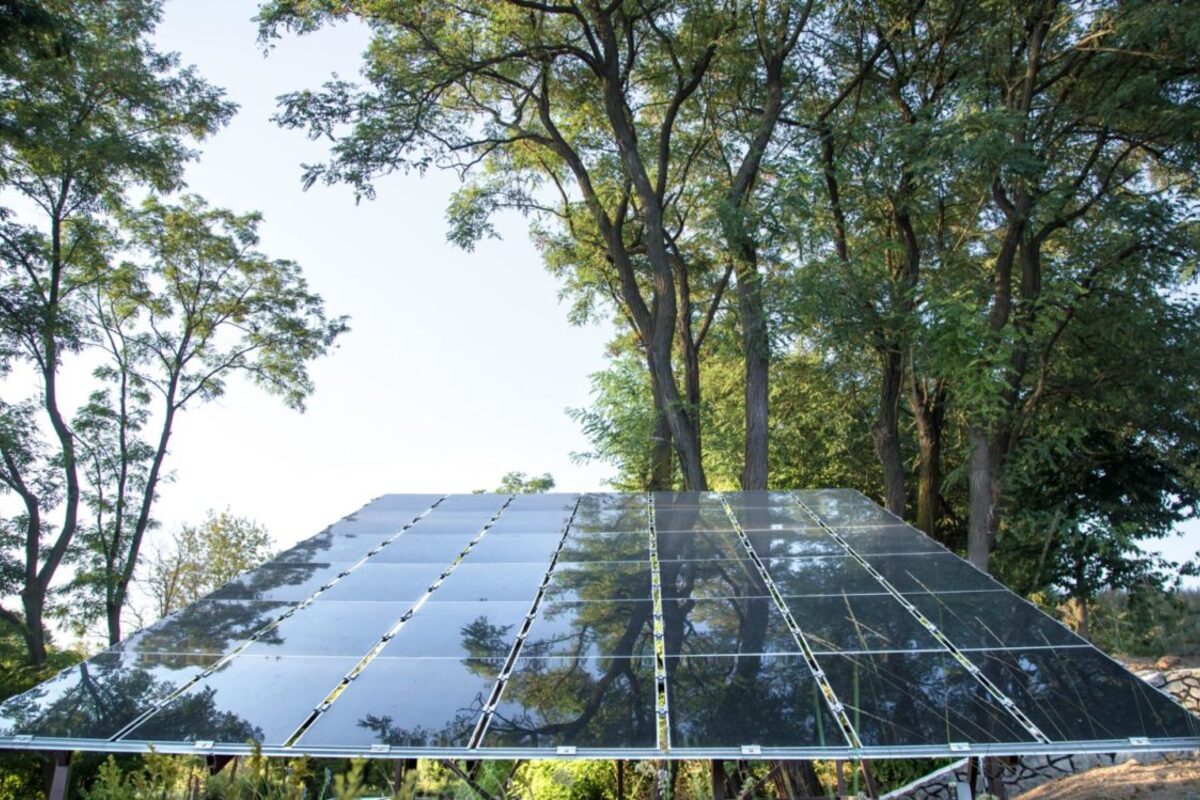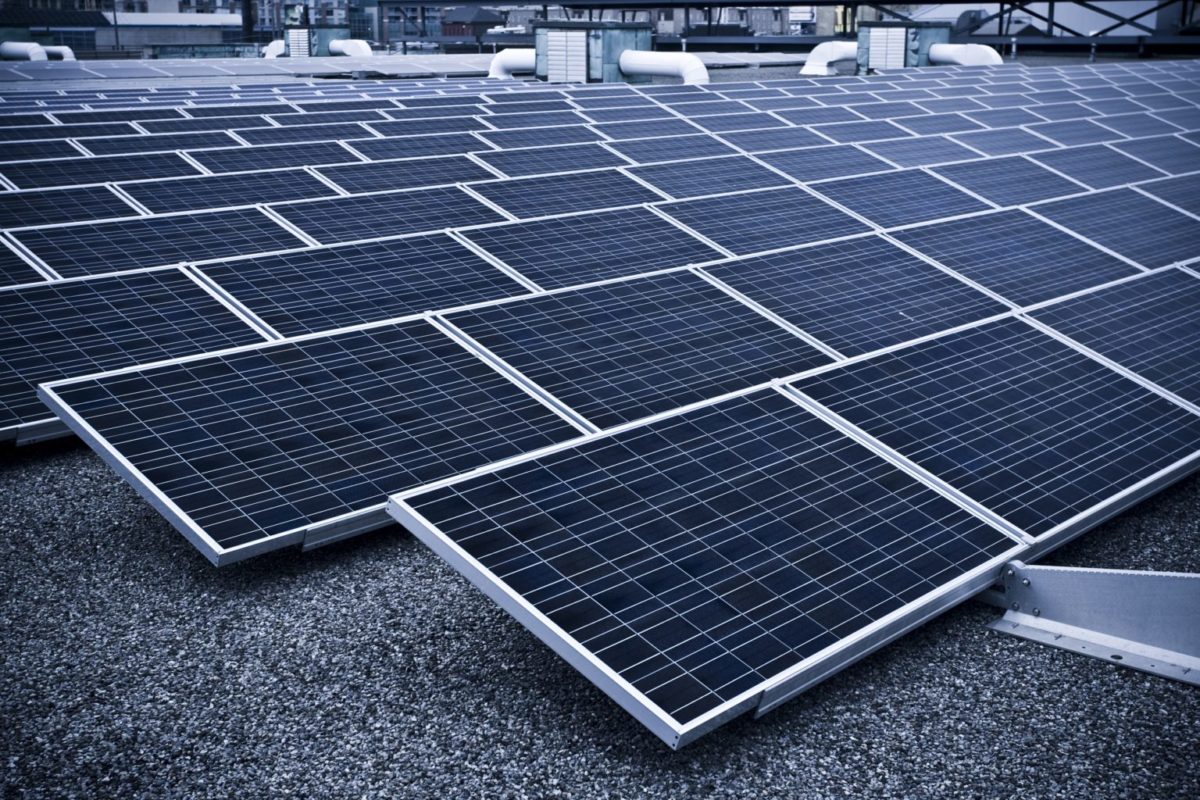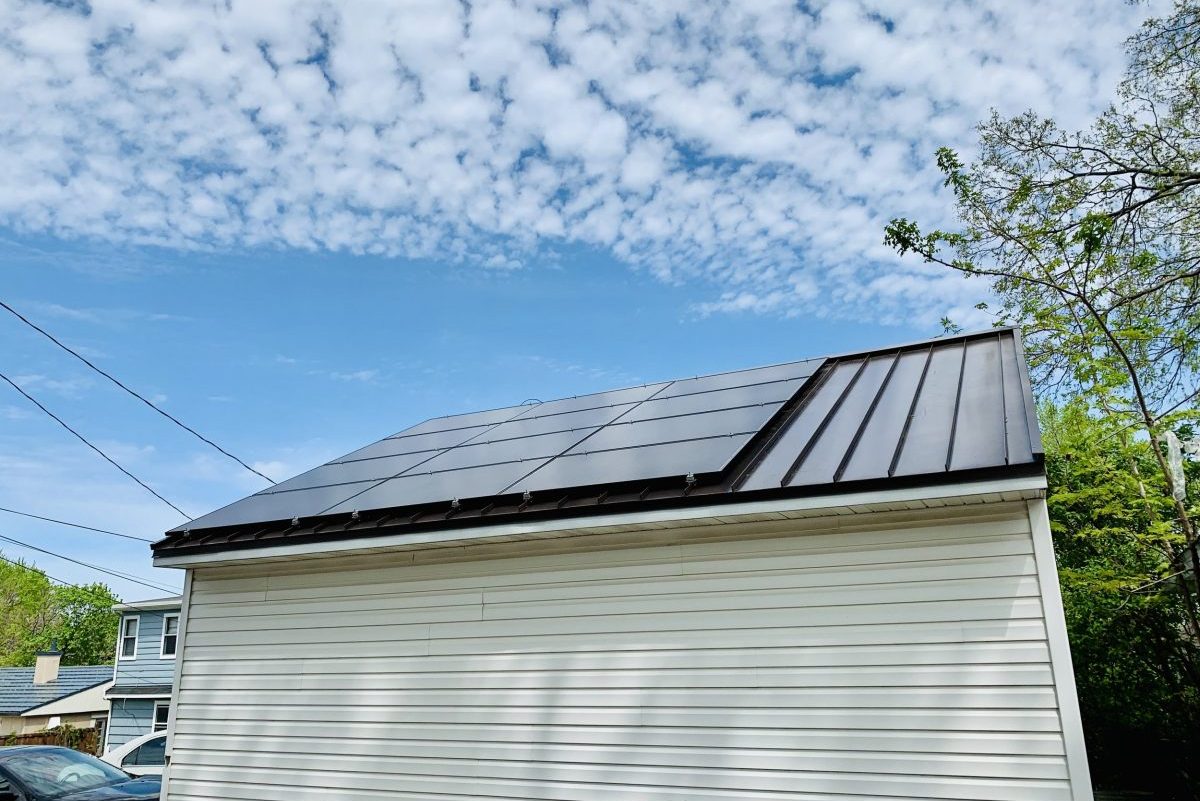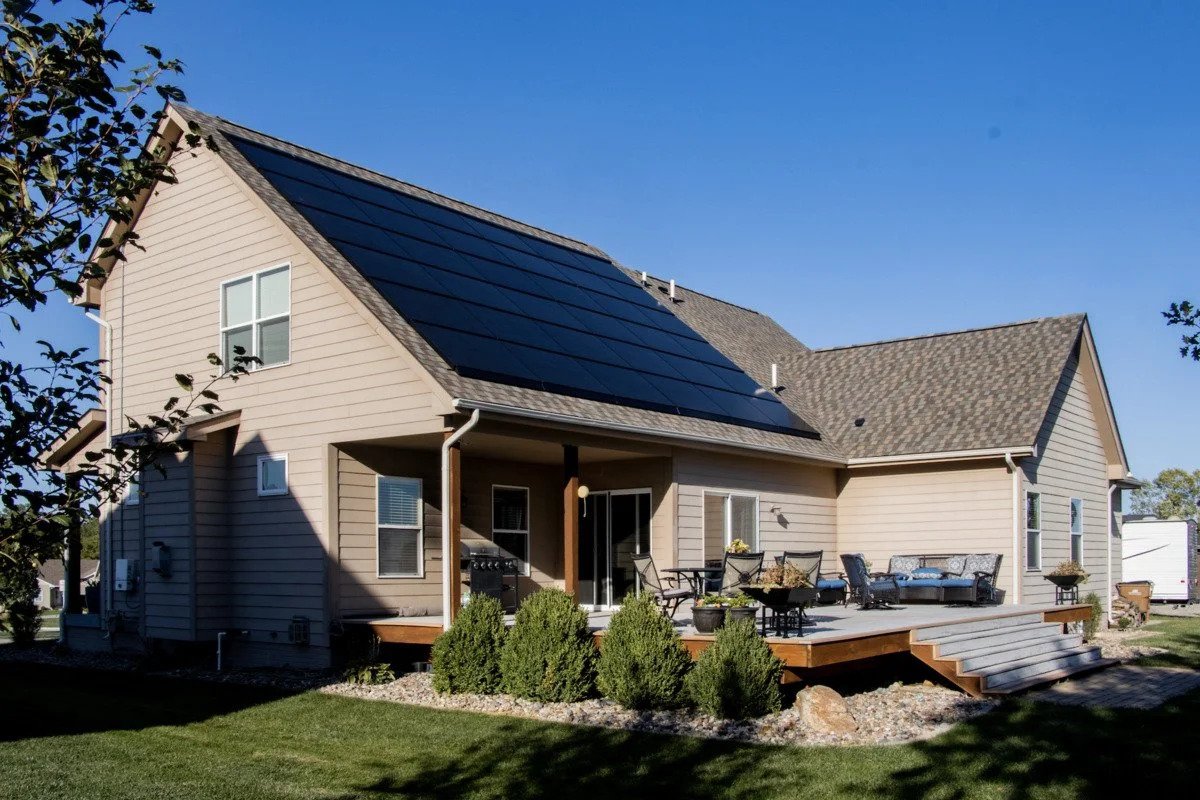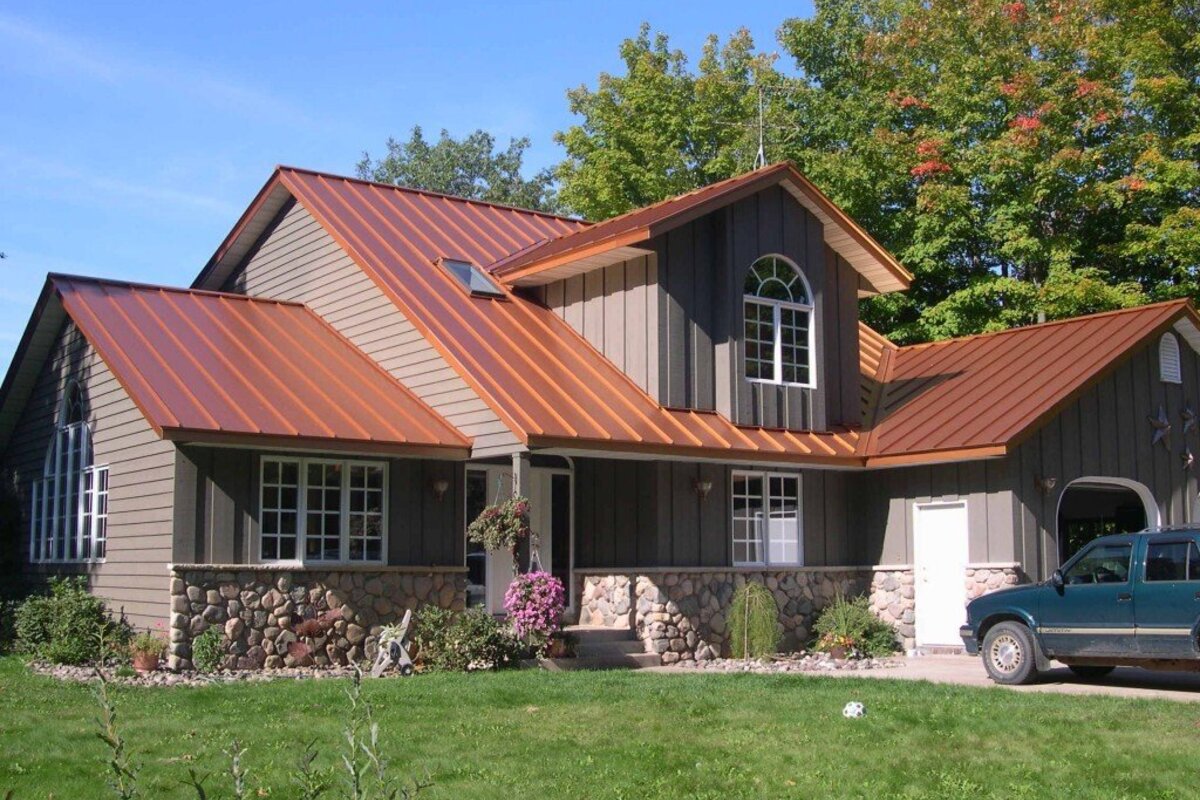The amount of electricity a solar panel generates depends on how efficiently it converts solar energy into usable electricity and how much sunlight it can harvest.
In other words, the solar panel’s position affects how much electricity it generates. That’s why solar companies assess your property first before installing solar panels. Their placement is an important decision, and it requires two things:
1. Solar panels should be in areas that allow them to be fully exposed to the sun; no shading at all.
That is why the roof is usually the best option. But if trees or other structures around the house cause shading, find the area with the slightest shading.
2. Besides finding the right area, solar panels must be positioned appropriately to maximize energy generation.
Tilting the solar panels towards the east-west for maximum solar radiation exposure is easier when installed on the ground. Solar panels installed on the roof are difficult to tilt.
Role of Geographic Location on Solar Panel Positioning
The sun’s position depends on your geographic location. If you live in the northern hemisphere (e.g., US and Canada), the sun emerges in the southern part of the sky. So, your solar panels should be facing south to maximize sun exposure.
On the other hand, if you live in the southern hemisphere (e.g., Australia), your solar panels should face the north.
The sun appears lower if you live farther from the Earth’s equator, far north, or far south. So, your solar panels must be tilted more to capture as much sunlight and radiation as possible.
But if you live near the equator, the sun’s position in the sky is higher. So, your solar panels should face upward, a very convenient positioning for buildings and houses with flat roofs.
Armed with this information, you can make better decisions on where to build your house and what its design should accommodate solar panels and maximize its positioning.
Know the Angle of Your Solar Panel Tilt Using a Global Solar Atlas
The World Bank and International Finance Corporation have created a Global Solar Atlas to help you know the accurate tilt angle of your solar panels based on where you’re located. Make sure to check it out!

